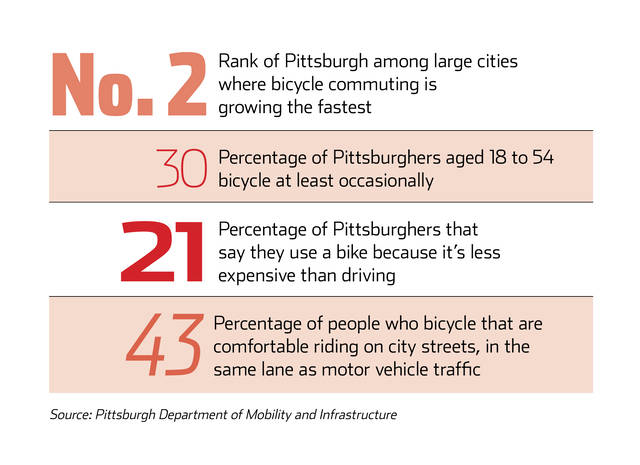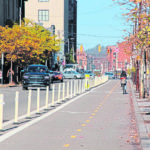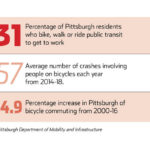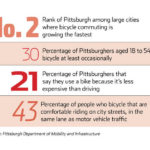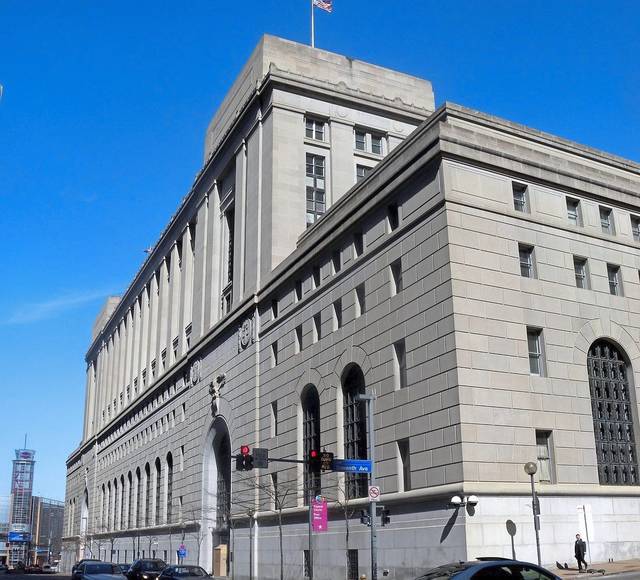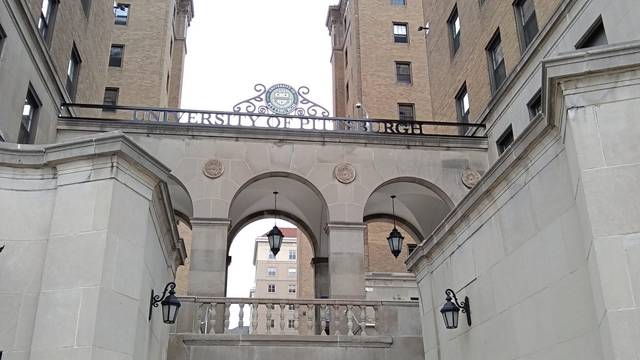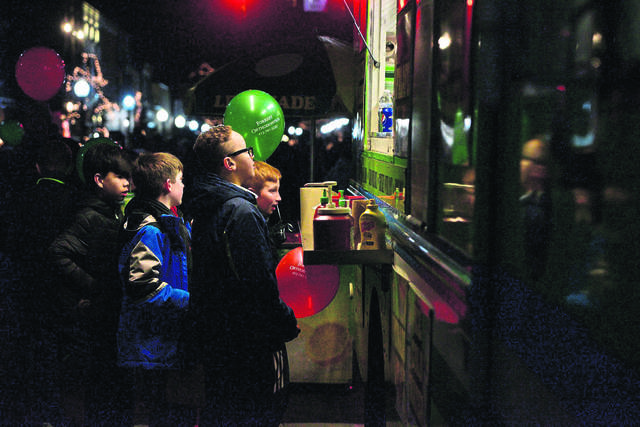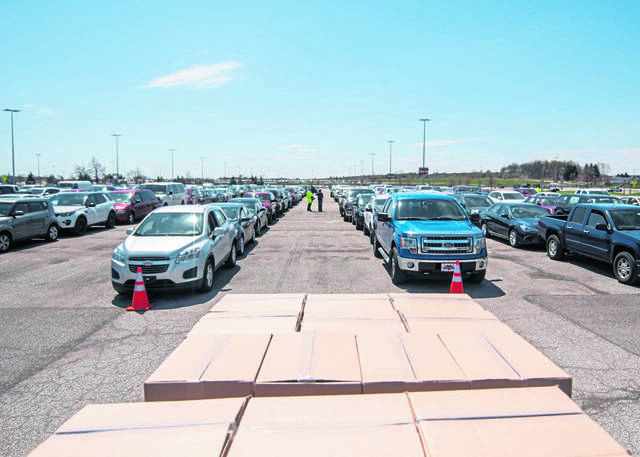Pittsburgh would expand its bike lane network by more than 150 miles over the next decade under a draft plan released Thursday by the Department of Mobility and Infrastructure.
The plan calls for every home in the city to be within one-quarter mile of the network that would link the city’s 90 neighborhoods, major employment centers and parks. It includes an additional 120 miles of on-street bicycle throughways and 32 miles of additional trails or trail extensions.
Pittsburgh has dubbed the network Bike(+) because it will also accommodate devices as pedacycles, electric pedal assist bicycles, scooters and Segways.
Karina Ricks, the city’s Mobility and Infrastructure director could not provide a cost estimate, but said the city would pay for it through annual capital budget allocations and federal and state grants. She said officials would also encourage developers to include bicycle infrastructure in new projects.
The city would host community meetings and gather input from residents in coming weeks before officially adopting the plan, Ricks said. Residents can email comments to bikeped@pittsburghpa.gov.
Pittsburgh over the past 20 years has improved bike infrastructure as a safety measure for residents. The network has grown from about 11 miles in 1999 to about 70 miles, including trails. About 40% of the 70 miles are bike lanes.
The system has grown significantly under Mayor Bill Peduto’s administration. The bike lanes aim to reduce traffic on congested city streets and comply with the mayor’s plan for a 50% reduction in carbon emissions by 2030. The city has budgeted $1 million in 2020 for bike infrastructure.
Peduto has been heavily criticized by opponents who complain that bike lanes reduce parking availability and hinder motorized traffic.
Ricks said the system will include one of every 10 city streets. Pittsburgh has 1,200 miles of streets.
The city has averaged 57 crashes involving people on bicycles each year from 2014-18, according to the plan.
Ricks said bike lanes also reduce traffic congestion and stress for drivers unsure of how to cope with cyclists on streets. Twenty-five percent of motor vehicles trips in the city are less than one mile in distance, she said.
“If I can take 25 percent of those vehicles off the road that makes it easier for you,” Ricks said.
New infrastructure will include protected bike lanes similar to the one along Penn Avenue in Downtown and the Strip District and bike routes designated by highway markings. It also includes neighborhood streets with low traffic volume.
The plan calls for an expansion and conversion of Pittsburgh’s bike share program to include electric pedal assist bikes. The Healthy Ride program currently features 500 cycles at 113 stations across the city and more than 66,000 active users, according to the plan.
Bike(+) will also include safety education programs, wayfinding signs, additional bike racks across the city and storage facilities at high-frequency public transit stops.
“The Bike(+) Plan is safety, plus access, plus sustainability, plus joyful travel,” Peduto said in a statement. “It is another building block in strengthening an inclusive, vibrant, resilient city providing travel options that accommodate and respect the great diversity and needs of our people.”




